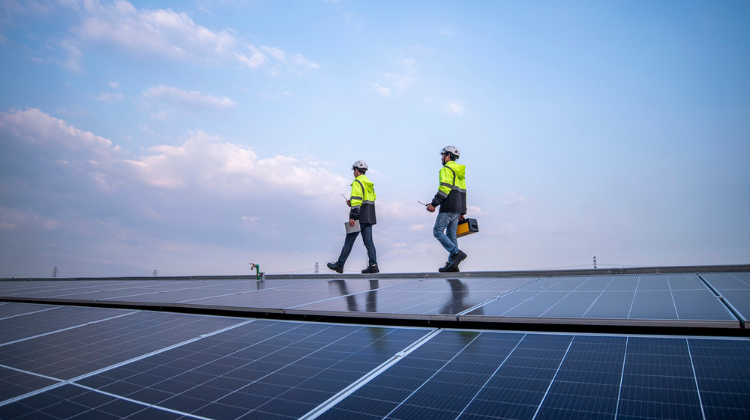At Future Energy Summit (FES) Iberia 2025, a gathering that brought together more than 400 renewable energy leaders in Madrid, Rafael Esteban, Global Director of Business Development at ACCIONA Energía, warned that the rapid expansion of clean generation, without matching demand or adequate grid infrastructure, was creating structural imbalances that threatened the electricity system.
“Adding one more megawatt of solar PV today is cannibalising the system,” he stated, referring to an oversupply that was beginning to undermine the efficiency of the current model.
According to OMIE data, by 29 June 2025, the Spanish wholesale electricity market had recorded 522 hours of zero or negative prices, an unprecedented figure that highlighted the disconnect between generation, consumption and infrastructure.
Esteban explained that the system had moved away from a focus on supply and now faced a new challenge: managing demand and upgrading the grid. In his view, the current model jeopardised both the economic viability and operational stability of the electricity system.
As a solution, he proposed an active policy to electrify industrial demand, allowing for efficient absorption of renewable surplus.
He cited the example of Germany, where subsidies and direct support were being applied to electrify industrial processes—reducing fossil fuel dependency while channelling clean energy into productive uses.
He also noted that the problem was no longer a lack of generation but its effective integration. “We must accompany this with electrification—not only energy-related but also industrial,” he asserted.
To achieve this, he highlighted the need to enable flexible demand, electrify energy-intensive sectors, and modernise the grid to handle more decentralised flows.
Esteban also used part of his address to highlight the challenges of energy storage. While he acknowledged technological progress and cost reductions, he warned of the risk of replicating the solar PV phenomenon: non-profitable overinstallation in the absence of clear regulatory signals.
“Building storage is not technologically complex, but it is highly uncertain without frameworks that guarantee long-term profitability,” he said, adding that “arbitrage remains a very relevant issue to make this work, and it is something that concerns us.”
According to Esteban, the lack of economic certainty in revenue models could hinder the expansion of storage, despite its strategic potential.
Forward-looking vision
In the panel, which he shared with executives from Repsol, Saeta Yield and EDPR, Esteban also addressed the need for regulation to support long-term infrastructure investments.
“With current market signals, it is very difficult to structure long-term infrastructure projects,” he stressed. In this regard, he called for the development of regulatory frameworks that promote demand-side contracting.
He also advocated for greater European industrial autonomy, reducing dependence on foreign technologies. Strengthening the supply chain of strategic components within the continent, he argued, should be a top priority.
For this reason, there was consensus that without decisive action on demand and grid development, Spain’s electricity system could become economically unviable and environmentally inefficient. Esteban concluded: “We are at a key moment to redefine the rules of the market.”
Replay the full panel































